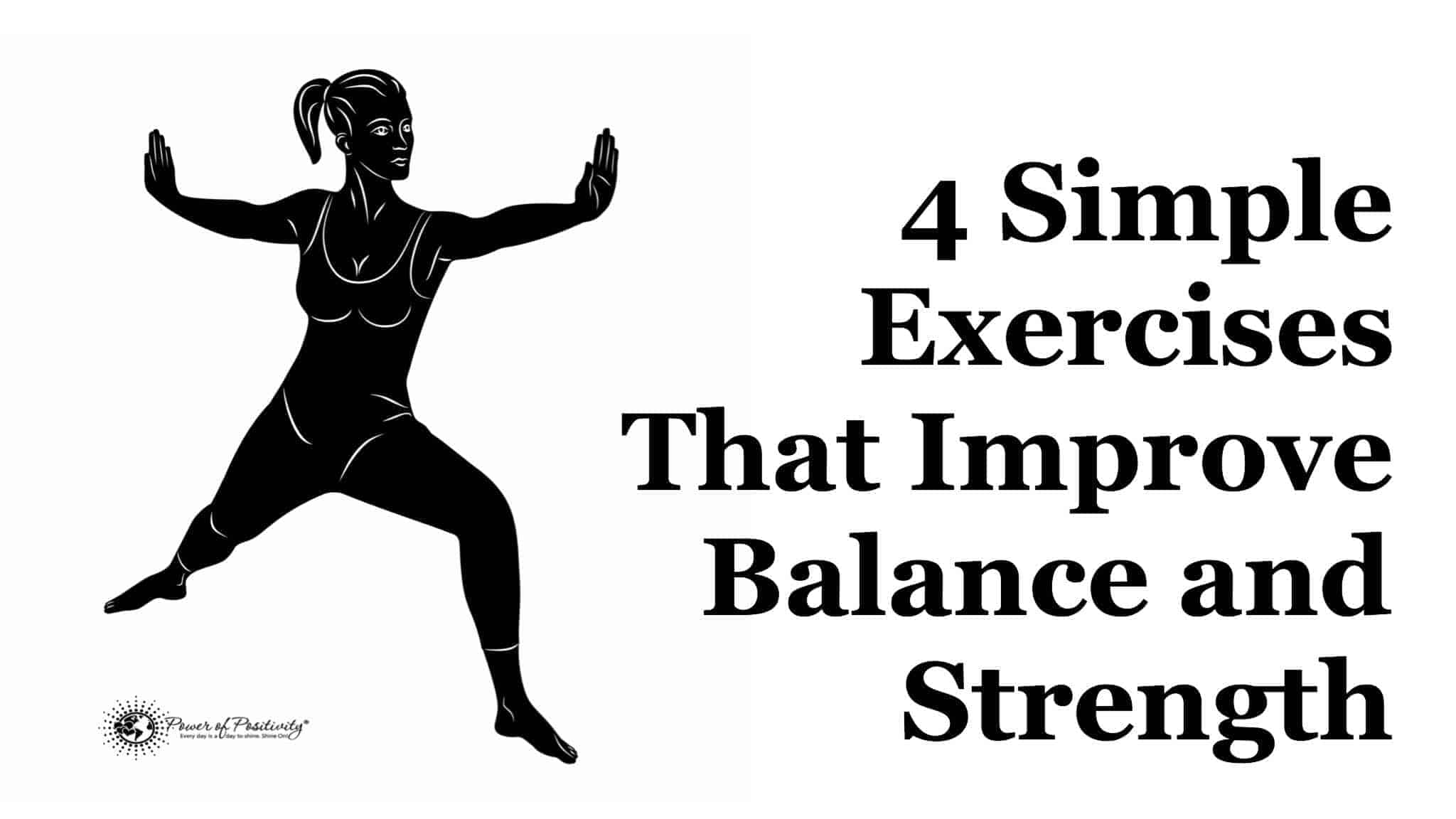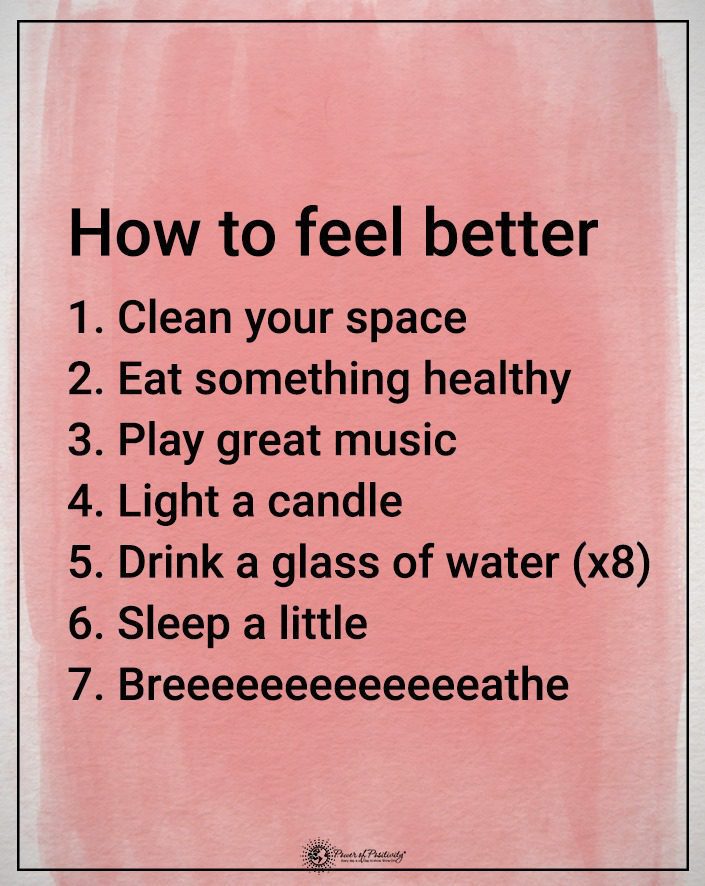Graceful fluidity of motion can be something you either lose with age or can improve upon every day by doing 4 easy exercises for strength and balance. Aging doesn’t have to mean that you lose your joint mobility and strength, but keeping active does help prevent the decline of your physical abilities.
Dancers are highly aware of their body position in the dance floor space. The same is true for athletes within the space of their sport.
People who give great attention to their physical form are said to have excellent proprioception.
Proprioception is your sense of your physical body and the force or effort it takes to move your body concerning your surrounding environment. This back-and-forth communication from the brain to the body and from the body to the brain is important for strength and balance. Improving communication by doing these four daily exercises will give your movements more fluidity.
Doing These 4 Exercises Every Day Can Improve Your Strength And Balance
Your posture, movements, and the force you use to move your arms, legs, and torso all require your brain to talk to your body. Your brain begins the process by sending a signal to your body to move, and the brain also tells your body the amount of energy to use when it moves.
For example, jumping from a standing position up to a platform one foot high requires less force than jumping to a platform two feet high. Your brain knows that, but your body doesn’t.
In our example of jumping on a platform, when you jump up, your feet and ankles send signals back to your brain about the position of your feet. Then the brain uses this information to decide if another movement is needed. For example, if you jumped onto a slippery surface, which your feet would know by their position and movement, your brain might need to decide to move again quickly.
Working on speeding up your brain-body communication is the easiest way to improve your balance and strength, as well as your posture and reaction time.
1. Joint position matching
As we age, we lose some of our body-brain communication, and we can fall more easily. Instability for elderly adults can be dangerous as it can result in hip joint fractures that result in limited mobility and decreased quality of life.
In a study of patients who had ankle injuries, muscle weakness and poor ability to perceive the position of the foot with eyes closed resulted in greater instability and the likelihood of another fall and injury.
Practice joint position matching with a partner or physical therapist to prevent injuries. To practice joint position matching, lie down, close your eyes, ask your partner to move your arm or leg into a specific pose, and then return your arm or leg to a flat resting position. With your eyes either open or closed, try to duplicate the arm or leg position and have your partner check your guess.
Your goal is to duplicate the exact body position and angle from the resting posture. The better you are at re-creating the angle and position of your body, the better your awareness of your muscle and joint position.
2. Plyometric exercises
Stretching and contracting muscles at a fast pace is a type of conditioning exercise called plyometrics. Plyometrics is also called jumping or jump training due to the use of trampolines and 18 platform jumping exercises for the lower body.
When jumping from a height, the joints and muscles are shocked when they hit the ground. This force then translates into upward momentum, which enables the body to jump higher. The muscles stretch when you land and contract as you jump up.
In a rehabilitation study after shoulder injuries, researchers used plyometric exercise equipment such as trampolines, weighted balls, and elastic tubing to test proprioception and mind-body communication in patients. They found that plyometric exercises can help nerve changes that enhance mind-body awareness and muscle performance.
3. Balancing exercises
Balance ball, wobble board, one-legged, and hand or shoulder stand yoga poses all help improve balance as well as muscle strength. While you are in a safe place and practicing balance, close your eyes and focus on your body position.
4. Strengthening exercises
Weight training isn’t the only strengthening exercise. Resistance bands provide the effect of weight training, as do isometric muscle exercises. Yoga is beneficial for both strength and balance, as is Tai Chi.
The muscle fibers are tested with strengthening exercises until they send pain signals to the brain. The brain learns the force it takes to create the pain signal and the mind and body connect to learn if the movement should continue or stop. Small tears in the muscle fibers are responsible for increasing muscle mass and the body tells the brain to initiate the repair of the muscles.
Believe it or not, certain strengthening exercises are best for certain personality types. You can read more about your Ayurvedic personality type and the exercise recommendations of Ayurvedic medicine in our related article What Exercise is Best for Your Body Type.















 Community
Community

